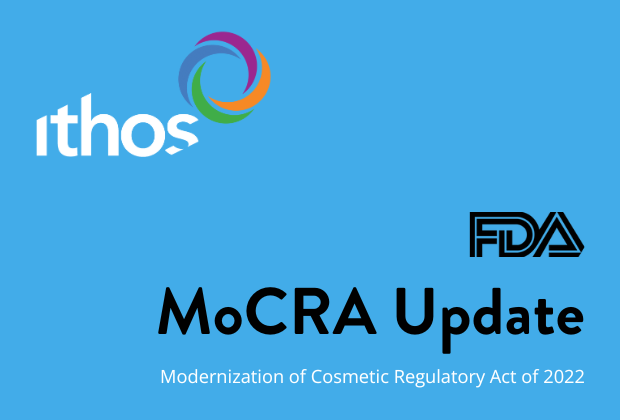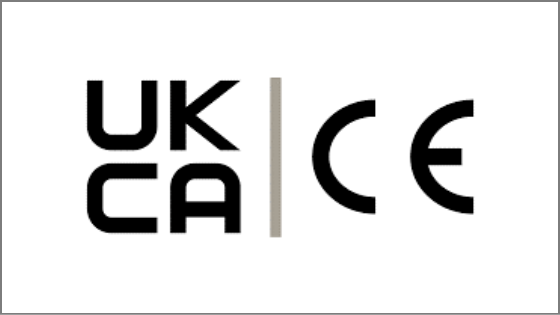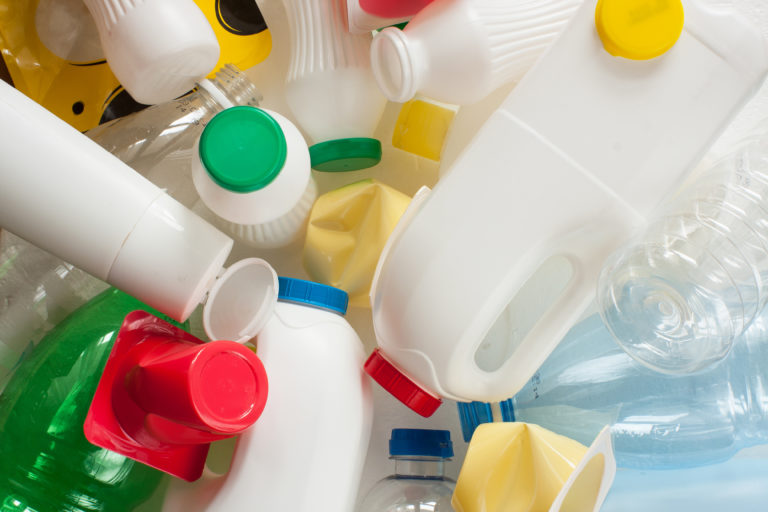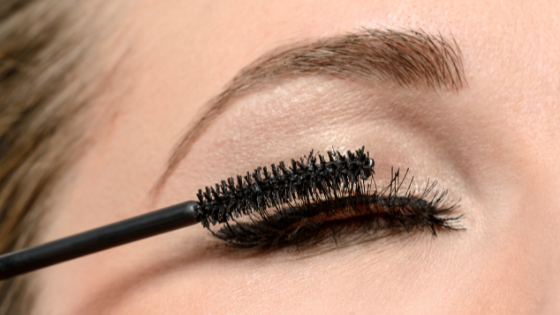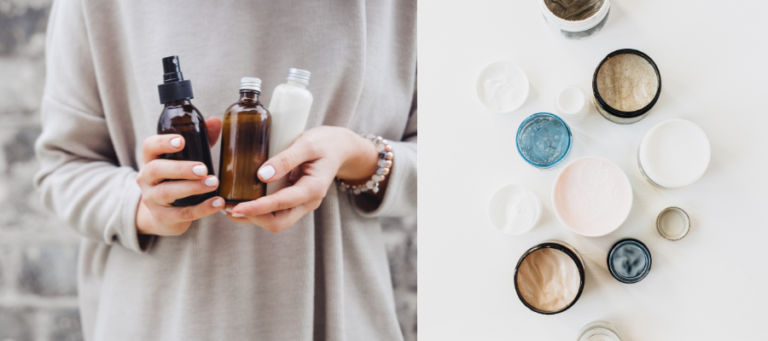
Part 1: Understanding Key Regulations and Regulatory Agencies
The cosmetics industry is thriving, largely unaffected by fluctuations in global or local economies. Every week, it seems, new products are introduced to the market to help keep skin smooth, hair silky, teeth gleaming, and beards trimmed. Cosmetic usage is consistently increasing across demographic groups, and shows no signs of slowing down, with a projected worldwide revenue of $860 billion USD by 2024. Not too bad for an industry with so many regulatory hurdles to clear on the way to the product launch finish line. With that in mind, it’s important to understand cosmetic regulations and the EU for brands that wish to expand into Europe.
But with all that glorious capital comes responsibility, and cosmetic manufacturers in the E.U. are held to a set of standards to ensure that the products they sell are safe for consumers to use. Cosmetic regulations in the E.U. are similar to the U.S. in that they ensure product safety but differ when it comes to banning certain chemicals and restricting the type of testing done to assess product and ingredient safety. E.U. cosmetic regulations are usually more prescriptive and require more regimented documentation from manufacturers and suppliers before a product can be released to the market.
Cosmetic Regulations and the EU – Key Things You Should Know
Regulation (EC) N° 1223/2009 is the primary legislation for cosmetic products created and proposed for sale in the European market, greatly reinforcing product safety by ensuring that manufacturers maintain proper records for the cosmetics they develop, namely a more detailed cosmetic safety assessment and a complete product information file. 1223/2009 also provides clearer direction on the definition of a cosmetic product and introduces the concept of a responsible person named as the owner and primary contact for the product.
1223/2009 defines cosmetic products as “any substance or mixture intended to be placed in contact with the external parts of the human body (epidermis, hair system, nails, lips and external genital organs) or with the teeth and the mucous membranes of the oral cavity with a view exclusively or mainly to cleaning them, perfuming them, changing their appearance, protecting them, keeping them in good condition or correcting body odours.” Manufacturers are encouraged to check with their designated competent authority to verify how a cosmetic is defined in a given area, as it may vary slightly.
It is also important to note that many products that are considered OTC drugs in the United States by definition are cosmetics in the EU. These include sunscreens, antiperspirants, shampoos, and toothpastes. Anti-acne products, however, fall under the Medicines Directive (Directive EU2001/83/EC and Regulation EC 726/2004.
Because consumers are presented with a variety of claims as to the effect a product will have on their bodies, 1223/2009 clarifies requirements for product labelling and mandates that any product claims must be substantiated with evidence. Regulation (EU) No 655/2013 expands on this requirement by establishing common criteria for cosmetic product claims. These criteria do not specify the exact wording to be used in a product claim but require that all messaging remain compliant and that the responsible person maintains documented evidence to support posted claims. A technical document on Cosmetic Claims was developed as a tool to help guide advertisers, but ultimately, the local competent authorities are responsible for providing more clarity and direction.
These regulations are enforced at the national and regional level by competent authorities, named by member states to monitor compliance. These authorities act on behalf of government in compliance with E.U. laws and perform post-market surveillance of products. In addition, the European Commission (EC) communicates with stakeholders at the national and international levels to streamline the exchange of information and ensure smoother implementation of requirements across the industry.
Non-Governmental Regulatory Agencies
EC legislation is not the only source of cosmetic regulation. Member states often enact their own laws regarding cosmetics, relying heavily on input from industry groups and independent organizations. It is therefore advantageous for cosmetic manufacturers to collaborate with these organizations when developing new products in order to avoid stumbling over a last-minute hurdle:
- Scientific Committee on Consumer Safety – The SCCS reviews cosmetic ingredients and determines whether the ingredient is safe to use and at what level.
- International Fragrance Association – IFRA is a trade association who sets standards for its members, which often become law. Perfumes not meeting the standard can’t be compounded or purchased after the determined cut-off date.
- Cosmetic, Toiletry and Perfumery Association – The CTPA is the leading trade association for cosmetic manufacturers in the U.K., publishing a wealth of cosmetic safety information on their website.
- Cosmetics Europe – Formerly COLIPA, is an umbrella trade association. CE works with many different entities and produces guidance and interpretation of regulations and legislation, as well as lobbying for or against legislation.
- Medical Products Agency – This Swedish agency promotes alignment with E.U. regulations but has also adopted tougher standards for preservatives.
Prohibited Substances and Practices
E.U. cosmetics regulations prohibit the use of over 1,000 substances, the vast majority of which have never been used – or considered for use – in products made in the E.U. This ban also applies to products imported from other countries that still allow the use of the prohibited ingredients.
One of the great recent advances in cosmetic technology is the development of nanomaterials. These microparticles have made inroads into multiple products, and the E.U. has strict regulations regarding their use. All nanomaterials – other than previously approved colorants, preservatives, and UV filters – must be authorized by the EC prior to use, and finished products containing nanomaterials must be presented to the Commission for review six months in advance of market release.
1223/2009 implemented a comprehensive ban on the testing of ingredients and finished cosmetics on animals in 2013. Cosmetic manufacturers can no longer use animal testing as part of their safety assessment for new ingredients, nor can they use suppliers who perform animal testing on ingredients after the cut off date (2009 or 2013 depending on the test) and must rely on alternative testing methods to validate the safety of their products.
Clearing Hurdles to Success
Like their counterparts in the U.S. and elsewhere, cosmetic manufacturers in the European Union strive to provide safe products to consumers and make substantial investments in evaluating and documenting the safety of their products. As the industry continues to innovate new products and expand into new markets, cosmetics will remain one of the most tightly regulated products sold in the E.U., leaving manufacturers racing along the regulatory track while striving to remain profitable. But clearing the regulatory hurdles means that cosmetics released to market will remain one of the safest products available to consumers, fostering faith in the products and establishing long-term loyalty to brands they know and trust.
Part 2: Cosmetic Product Development and the Key Phases of Compliance
Despite the many regulatory challenges that present themselves when trying to bring a product to market, cosmetic manufacturers are committed to providing safe products to consumers. But identifying the key cosmetic regulations and becoming acquainted with the various governmental and industry agencies are only the first stages of ensuring compliance during the cosmetic product development process. Everyone involved in the product development and supply chain has a role in achieving compliance and should have a solid understanding of the regulations associated with each step.
Role of the Responsible Person
The EU cosmetics directive introduced the concept of a designated Responsible Person to be in charge of overall compliance. A Responsible Person should be defined as a “Natural or legal person designated within the Community” that represents all countries within the EU per Article 4 of the Cosmetic Regulation (EC) No 1223/2009. The Responsible Person can be a consulting firm, manufacturer, importer, or distributor. This designee serves as the primary contact for all external communication regarding the product, its safety and its functions, and is the gatekeeper for all documentation associated with the cosmetic product development process. This designee serves as the primary contact for consumer and local health authority questions or complaints, oversees all cosmetic product development testing, and ensures that the cosmetic product development process aligns with good manufacturing practices (GMP) at the production level and incorporates animal testing restrictions where applicable.
This designated person is responsible for ensuring the development and maintenance of the product information file (PIF) and ensuring that the cosmetic safety assessment has been performed by an appropriately qualified and credentialed assessor. The Responsible Person is accountable for substantiation of any product claims, the compliance and accuracy of cosmetic product labels, and communication of any undesirable effects to the European Commission. The responsible person is charged with submitting the pre-market notification to the EU’s Cosmetic Product Notification Portal (CPNP), the last step required before releasing the product for sale.
The role of the Responsible Person can be challenging due to the long list of compliance obligations, therefore any candidate for the role should be appropriately credentialed and have the appropriate experience and in-depth knowledge of the cosmetics industry and all applicable regulations. Note that these responsibilities can be delegated within the company, or a “third party” can be hired as the Responsible Person.
What Does PIF Mean?
The product information file (PIF) is a primary responsibility for the designated Responsible Person. EU Cosmetic Regulation 1223/2009 states “when a cosmetic product is placed on the market the Responsible Person shall keep a product information file for it.” It is important for the manufacturer to ensure PIF information is prepared during cosmetic product development so the Responsible Person can perform responsibilities in accordance with EU safety standards and industry best practices.
The PIF is a detailed accounting of product development and must contain the list of ingredients, product claims, and any use precautions or possible side effects that may occur, in addition to the following elements:
- Detailed description of the cosmetic product
- Complete Cosmetic Safety Report (including a full cosmetic safety assessment)
- Description of the production process
- A statement of compliance with good manufacturing practices
- Proof of the effects claimed for the cosmetic product
- Evidence of compliance related to any animal testing performed on a cosmetic product or its ingredients
- Product labeling, which includes primary and secondary packaging
- Other elements as indicated in Article 11 of the Cosmetics Regulation 1223/2009
The Responsible Person is accountable for the creation, storage, and maintenance of this mandatory file, which is comprised of documents from multiple stakeholders and must be kept on file for 10 years following placement of the last batch of products on the market. The Responsible Person must have a complete copy of the PIF available for review at any time by the local competent authority, in a language the authority in the designated location,underlined if multiple addresses are on the label, can interpret. As a point of information, authorities are supposed to ask for specific information, not the entire PIF, if an issue comes up.
Product Formulation
One of the key pieces of information in the PIF is the cosmetic product formulation, and achieving compliance at this stage requires careful sourcing of raw materials. As a first step, developers should check the International Nomenclature Cosmetic Ingredient (INCI) database, which lists the universal industry names of raw materials and other ingredients that may contain INCI substances.
Next, each potential ingredient needs to be screened for compliance with all regional and local regulations, including restrictions and prohibitions in the Cosmetic Regulation 1223/2009 annexes, and some ingredients – especially those on the Substances of Very High Concern list – must be checked for European Chemicals Agency (ECHA) registration status. Some substances on the SVHC list require authorization by ECHA prior to use and may have concentration restrictions limiting their use. Other ingredients may be used, however, it is wise to ensure INCI Dictionary and COSING listings.
The finished product must also demonstrate similar compliance, adhering to the same cosmetic regulations as raw materials. The Responsible Person must have documented evidence of safety, performance claim, and any relevant development testing of the finished product on file.
Compliant Labeling
Cosmetic labels are strictly regulated and must contain the following information, as laid out in Regulation (EC) N° 1223/2009:
- Name and address of the designated Responsible Person
- County of origin (unless the product was made in Europe)
- Nominal Content (metric)
- Product function
- Date of minimum durability or Period After Opening (PAO)
- Use precautions and warnings (if any)
- Batch number
- List of ingredients
- Languages required are determined by the law of the Member States in which the product is available to the end user
The cosmetics directive also states that any information posted on a cosmetic label must be legible and may not contain any false, misleading, or incomplete information. Standards for the use of the terms “natural” and “organic” have been developed by trade organizations and industry authorities, but none are backed by specific legislation.
CPNP Notification
The Cosmetic Product Notification Portal (CPNP) is an online portal where manufacturers notify the market that a new product has been proposed for release. The Responsible Person posts an electronic notification to the portal that contains pertinent launch and import information related to the product – including the product formulation – and serves are the official notice to the European Commission and E.U. member states of a product’s planned release.
The information posted to the CPNP is available to competent authorities for the purpose of market surveillance and analysis, evaluation, and collection of consumer information, and may also help competent authorities to screen for counterfeit or illegally imported products. Poison Centers may also require access to the CPNP for purposes of medical treatment.
The CPNP has a separate module for the reporting of cosmetic products containing nanomaterials. This is a separate submission dossier and may trigger the Scientific Committee on Consumer Safety to order a risk assessment, depending on the nature of the nanomaterials used. Submission of information regarding the use of nanomaterials in a product must be made six months in advance of the planned market release.
Compliance is Everyone’s Responsibility
While most of the compliance obligations fall on the designated Responsible Person, compliance is still an organizational responsibility. Departmental teams are accountable for ensuring that their piece of the cosmetic product development process is completed in alignment with all applicable regulations. Organizations that invest in a robust compliance management system and encourage a culture in which every employee is accountable for compliance can reap the benefits and enjoy a streamlined path to product approval and market release.
Are you currently involved in the new product introduction process or working to remain compliant with existing products in the E.U.? Contact us to discuss your compliance hurdles and for improved agility bringing new products to market: Contact Ithos Global Today.

